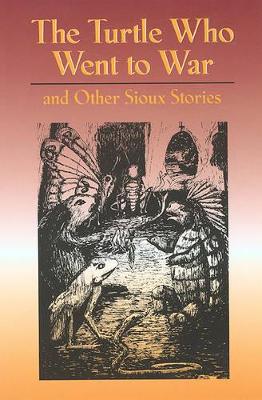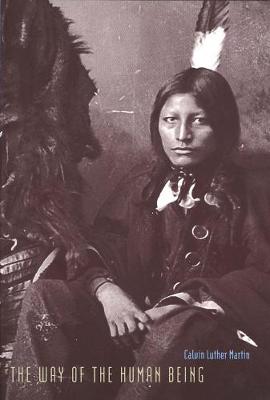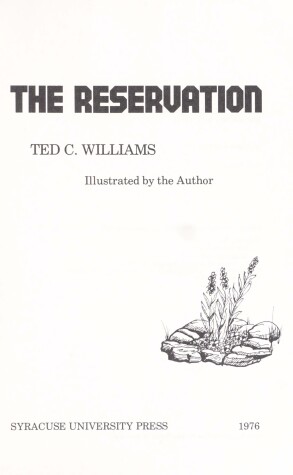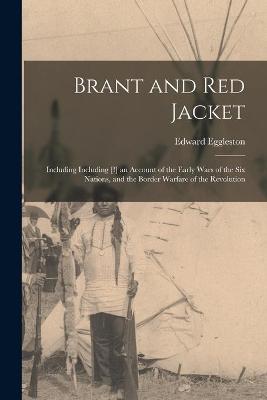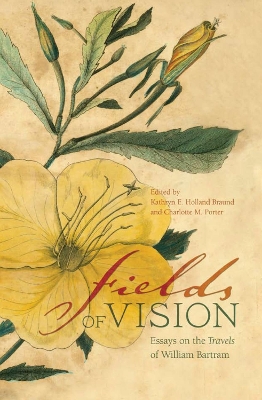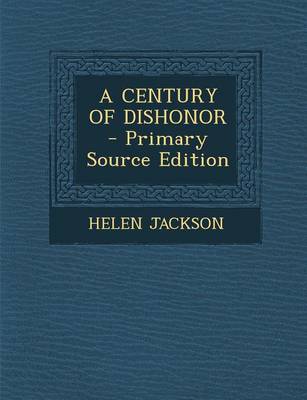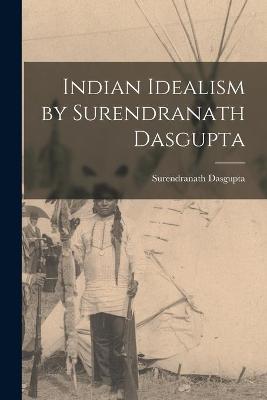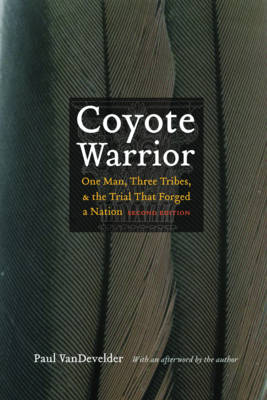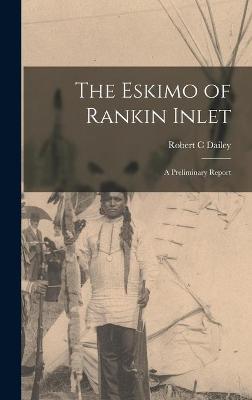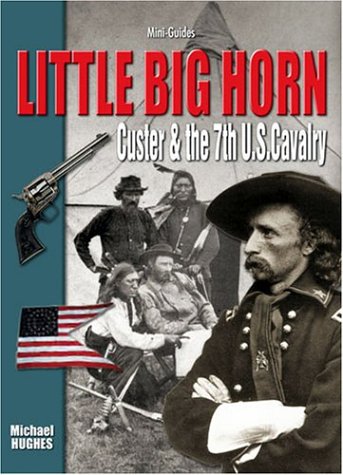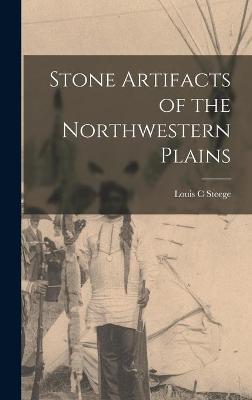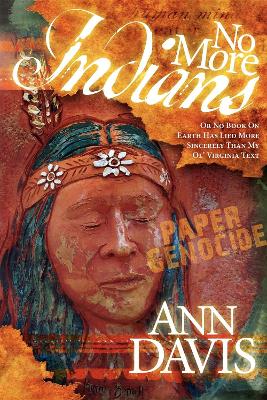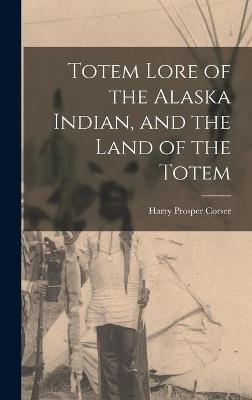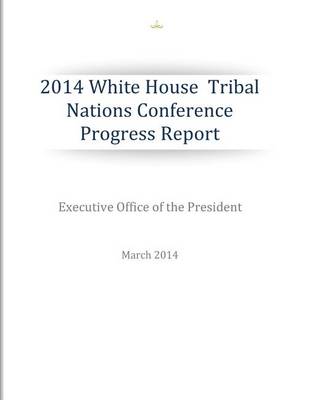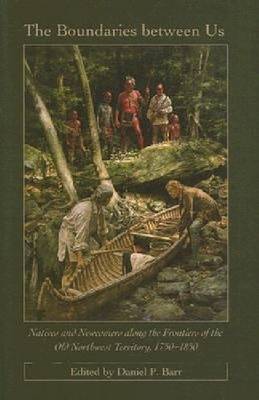The dramatic story of the United States' destruction of a free and independent community of fugitive slaves in Spanish Florida In the aftermath of the War of 1812, Major General Andrew Jackson ordered a joint United States army-navy expedition into Spanish Florida to destroy a free and independent community of fugitive slaves. The result was the Battle of Negro Fort, a brutal conflict among hundreds of American troops, Indian warriors, and black rebels that culminated in the death or re-enslave...
Essays on the Present Crisis in the Condition of the American Indians [microform]
by Jeremiah 1781-1831 Evarts
Travels and Adventures in Canada and the Indian Territories Between the Years 1760 and 1776 [microform]
by Alexander 1739-1824 Henry
Turtle Who Went to War
by Eunice Alfrey, Ann Lambert, Lavina Perry, and George White Bird
From Native Americans, Europeans learned about corn and beans, toboggans and canoes, and finding their way around an unfamiliar landscape. Yet the Europeans learned what they wished to learn—not necessarily what the natives actually meant by their stories and their lives—says Calvin Luther Martin in this unique and powerfully insightful book. By focusing on their own questions, Martin observes, those arriving in the New World have failed to grasp the deepest meaning of Native America. Drawing o...
The Reservation (Iroquois and Their Neighbors) (Iroquois Book)
by Ted C Williams
An autobiographical account of tribal and family life on New York State's Tuscarora Reservation by the son of a medicine man, now a crane operator and artist.
William Bartram was a naturalist, an artist, and the author of ""Travels through North and South Carolina"", ""Georgia"", ""East and West Florida"", ""The Cherokee Country"", the ""Extensive Territories of the Muscogulees, or Creek Confederacy"", and the ""Country of the Choctaws"". The book, based on his journey across the South, reflects a remarkable coming of age. In 1773, Bartram - a British colonist - departed his family home near Philadelphia, Pennsylvania; in 1777, he returned as a citize...
From White Shield to Washington DC, new Indian wars are being fought by Ivy League-trained lawyers called ""Coyote Warriors""--among them a Mandan/Hidatsa named Raymond Cross. Coyote Warrior tells the epic story of the three tribes that saved Lewis and Clark's Corps of Discovery from starvation, their century-long battle to forge a new nation, and the extraordinary journey of one man to redeem a father's dream--and the dignity of his people. Cross graduated from law school and, following his fat...
Creatures of Empire
by Associate Professor of History Virginia DeJohn Anderson
Trade Routes and Economic Exchange Among the Indians of California
by James Thomas 1926- Davis
In the early 1900s two Virginia gentlemen carried out what we know today was paper genocide. Elite white people thought little of the disappearance of Indians from our census records. It was a tiime when bigotry was acceptable and compassion was hard to find.
Totem Lore of the Alaska Indian, and the Land of the Totem
by Harry Prosper 1864- Corser
2014 White House Tribal Nations Conference Progress Report
by Executive Office of the President
Although much has been written about the Old Northwest, "The Boundaries Between Us" fills a void in this historical literature by examining the interaction between Euro-Americans and native peoples, and their struggles to gain control of the region and its vast resources. Comprised of twelve original essays, "The Boundaries Between Us" formulates a comprehensive perspective on the history and significance of the contest for control of the Old Northwest. The essays examine the sociocultural conte...
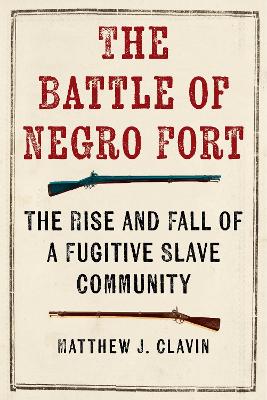
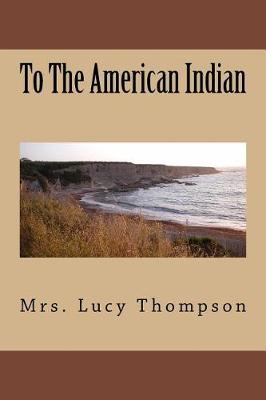
![Cover of Essays on the Present Crisis in the Condition of the American Indians [microform]](https://images.bookhype.com/covers/99/62/94cbabbb-66d0-4ece-93ca-5a7107d42699/9781014643704-d95737dd80ee5a19c52f53.jpg)
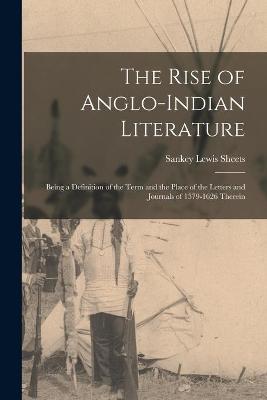
![Cover of Travels and Adventures in Canada and the Indian Territories Between the Years 1760 and 1776 [microform]](https://images.bookhype.com/covers/f3/76/94cbac12-42c2-4b58-a3ee-266e26ba673f/9781013882807-03fe103e21bf87d0782fc3.jpg)
